Occupational Risk Management Through the Lens of the Sustainable Development Goals (SDGs): An Integrated Approach to Promoting Sustainability in the Workplace
Abstract
1. Introduction
- How to harmonize the process of identifying and assessing occupational risks by adopting measures that support the achievement of the Sustainable Development Goals (SDGs) within organizations, also highlighting their impact on risk management strategies;
- Proposing a set of environmental, social, and economic indicators that are relevant for assessing the sustainability of organizations;
- How the integration of these perspectives can contribute to ensuring safer and more sustainable working environments, as well as to identify possible challenges in this context.
- Section 2 includes an exposition of the research methodology used, namely the method of selecting the documents included in the study, as well as the identification of the keywords that appear most frequently in the selected publications;
- In the final section, the conclusions drawn from this study were presented, along with the identified limitations, both general to the field and specific to our approach. Future research directions that could significantly contribute to deepening knowledge in this area are also offered.
2. Materials and Methods
- Search for selected keywords, in all fields, according to the following criteria: “sustainable development goals” OR “SDGs”AND“safety” OR “occupational health” OR “occupational safety” OR “health and safety” OR “safety and health”
- Document type: articles, conference papers, book chapters, review, open access;
- Search period: 2003–2024;
- Document publication language: English.
- The number of documents/publications and citations has increased greatly in recent years, indicating a constant, exponential growth trend (from one publication in 2014 to 173 publications in 2024)—Figure 2;
- The presentation of scientific research results was most frequently achieved through articles (610 publications), review articles (143 publications), or conference papers (19 publications);
- The most productive and influential countries/regions in terms of the number of publications are England (110 publications), followed by the People’s Republic of China (97 publications), the USA (94 publications), Australia (68 publications), and India (60 publications)—Figure 3;
- The journal, Environmental Sciences, published the largest number of articles in this field (240 articles), while Green Sustainable Science Technology has the second largest number of articles published in this category (147 articles), followed by Environmental Studies (143 articles) and Public Environmental Occupational Health (98 articles);
- The networks of occurrence of relevant terms in publications (keywords) also allowed a visualization of the connection between them—Figure 4. To carry out this analysis, the option of identifying those keywords that appear at least 10 times was selected. The most frequently identified keywords were as follows: “Sustainable Development Goals” (130 occurrences), “sustainability” (86 occurrences), “safety” (58 occurrences), “management” (45 occurrences), “impact” (44 occurrences), etc.;
General Concepts
- (a)
- “Sustainable Development Goals” concept
- (b)
- “Sustainability” concept
- (c)
- “Safety” concept
- (d)
- “Management” concept
- (e)
- “Impact” concept
- Analysis of the consequences of occupational risks on workers and organizations, e.g., decreased productivity, increased health costs, etc.;
- Assessment of the environmental effects of using unsafe work processes or unsustainable work practices;
- Developing preventive policies and measures based on identifying the negative impacts and potential benefits of interventions [15].
3. Results
- Increases employee satisfaction and motivation [11];
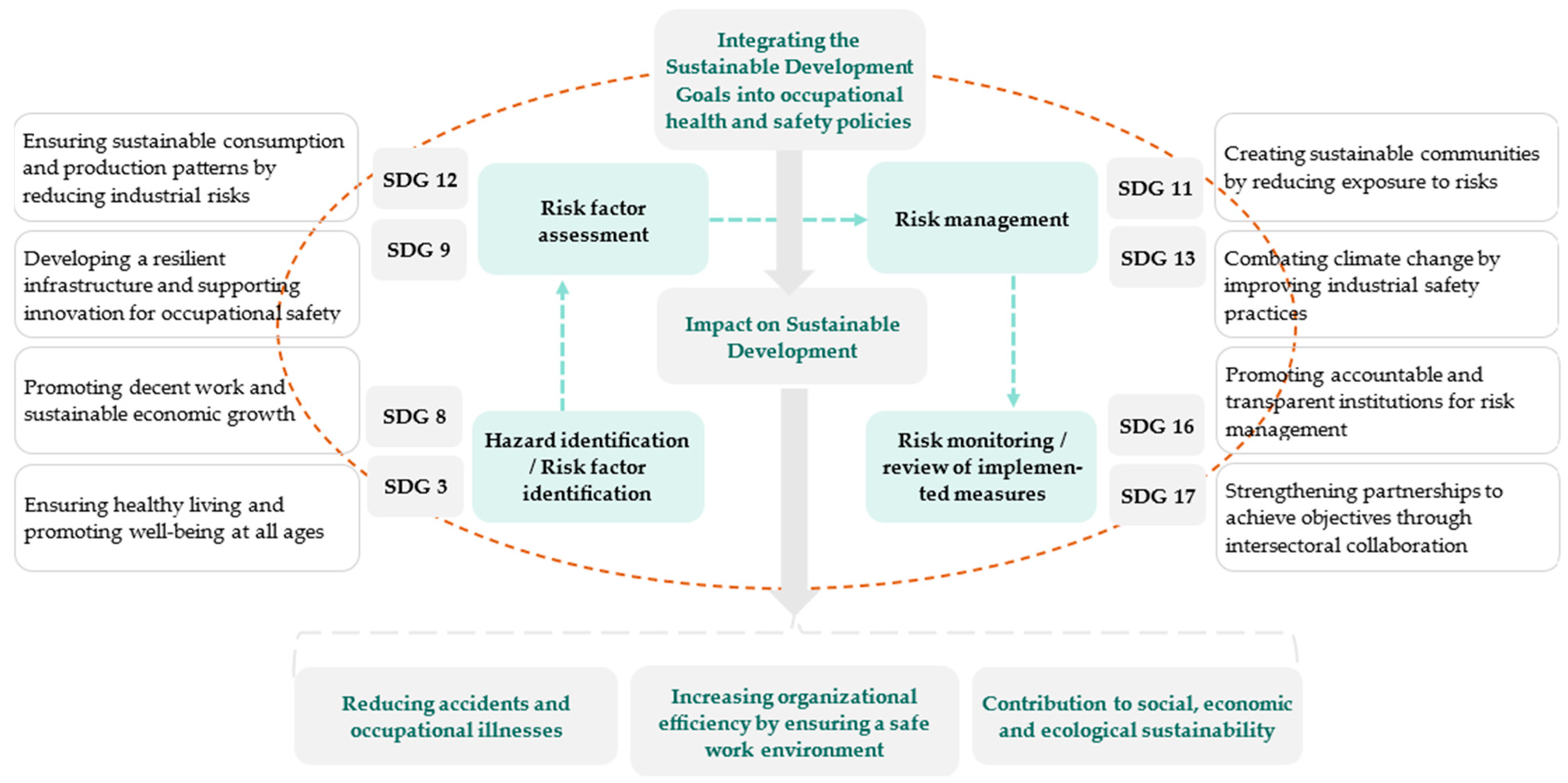
4. Discussion
- Allows progress tracking, providing quantifiable, objective data that allow an understanding of the results obtained, as well as the identification of strengths and weaknesses in implementation;
- Allows for the targeting of resources and strategies to support the achievement of these current sustainable development requirements;
- Through the integration of environmental, social, and economic indicators, a holistic approach to sustainability is ensured, reflecting the interdependence between these three dimensions;
- Contributes to reducing occupational risks by implementing effective occupational health and safety policies.
5. Conclusions
- The analysis of the relationship between risk management processes and the achievement of specific targets under the SDGs demonstrates that risk prevention strategies not only protect the workforce but also contribute to economic and social sustainability. For example, effective occupational safety and health measures reduce the negative impact of occupational accidents and diseases on health systems, thus supporting the objectives of reducing inequalities and promoting general well-being;
- An integrated approach that combines sustainability principles with effective workplace risk management strategies can have a significant impact on reducing workplace accidents and promoting a responsible organizational climate. This approach involves proactive prevention policies, innovative technologies, and employee training strategies, all of which contribute to achieving a balance between economic development, social protection, and environmental protection;
- Establishing a clear framework for occupational risk management, aligned with the Sustainable Development Goals, is essential for creating safe and sustainable working environments. By effectively integrating these perspectives, balanced development can be ensured in which workers’ health and safety become fundamental priorities in achieving global sustainability goals.
- Understanding how the alignment of occupational health and safety policies with the SDGs has influenced organizational performance in terms of safety, efficiency, and sustainability;
- Identifying good practices and lessons learned from organizations that have successfully adopted this approach;
- Analyzing the challenges faced by organizations during the process of integrating the SDGs into workplace health and safety regulations;
- Proposing a methodological framework for a more effective implementation of the SDGs in the area of occupational health and safety.
Author Contributions
Funding
Institutional Review Board Statement
Informed Consent Statement
Data Availability Statement
Conflicts of Interest
References
- United Nations. Transforming Our World: The 2030 Agenda for Sustainable Development; United Nations General Assembly Resolution adopted by the General Assembly on 25 September 2015; United Nations: New York, NY, USA, 2015.
- European Commission: Directorate-General for Communication. Cartea Albă a Comisiei Europene Privind Viitorul Europei și Documentele de Reflecție Referitoare la UE-27 până în 2025. Publications Office. 2017. Available online: https://data.europa.eu/doi/10.2775/551959 (accessed on 27 December 2024).
- Tsalidis, G.A. Introducing the Occupational Health and Safety Potential Midpoint Impact Indicator in Social Life Cycle Assessment. Sustainability 2024, 16, 3844. [Google Scholar] [CrossRef]
- Kirsten, W. The Evolution from Occupational Health to Healthy Workplaces. Am. J. Lifestyle Med. 2024, 18, 64–74. [Google Scholar] [CrossRef]
- Mariappanadar, S. Improving Quality of Work for Positive Health: Interaction of Sustainable Development Goal (SDG) 8 and SDG 3 from the Sustainable HRM Perspective. Sustainability 2024, 16, 5356. [Google Scholar] [CrossRef]
- Giménez, J.; Bayarri, B.; Malato, S.; Peral, J.; Esplugas, S. Occupational risk assessment in AOPs labs and management system that comply with UN sustainable development goals. Process Saf. Environ. Prot. 2024, 182, 903–917. [Google Scholar] [CrossRef]
- Ávila-Gutiérrez, M.J.; de Miranda, S.S.F.; Aguayo-González, F. Occupational Safety and Health 5.0—A Model for Multilevel Strategic Deployment Aligned with the Sustainable Development Goals of Agenda 2030. Sustainability 2022, 14, 6741. [Google Scholar] [CrossRef]
- Kabiesz, P.; Tutak, M. Developing a Culture of Safety for Sustainable Development and Public Health in Manufacturing Companies—A Case Study. Sustainability 2024, 16, 7557. [Google Scholar] [CrossRef]
- Foncubierta-Rodríguez, M.J.; Poza-Méndez, M.; Holgado-Herrero, M. Workplace health promotion programs: The role of compliance with workers’ expectations, the reputation and the productivity of the company. J. Safety Res. 2024, 89, 56–63. [Google Scholar] [CrossRef] [PubMed]
- World Commission on Environment and Development. Report of the World Commission on Environment and Development: Our Common Future; WCED: Oslo, Norway, 1987.
- Senthamizh Sankar, S.; Anandh, K.S. Building Safer Workplaces: Unveiling the Impact of Safety Leadership Styles in the Construction Industry. Adm. Sci. 2024, 14, 212. [Google Scholar] [CrossRef]
- Kavouras, S.; Vardopoulos, I.; Mitoula, R.; Zorpas, A.A.; Kaldis, P. Occupational Health and Safety Scope Significance in Achieving Sustainability. Sustainability 2022, 14, 2424. [Google Scholar] [CrossRef]
- Fonseca, L.; Carvalho, F.; Santos, G. Strategic CSR: Framework for Sustainability through Management Systems Standards—Implementing and Disclosing Sustainable Development Goals and Results. Sustainability 2023, 15, 11904. [Google Scholar] [CrossRef]
- Fonseca, L.; Carvalho, F. The reporting of SDGs by quality, environmental, and occupational health and safety-certified organizations. Sustainability 2019, 11, 5797. [Google Scholar] [CrossRef]
- World Health Organization. Healthy Workplaces: A Model for Action; World Health Organization: Geneva, Switzerland, 2010.
- Fernández-Muñiz, B.; Montes-Peón, J.M.; Vázquez-Ordás, C.J. Safety management system: Development and validation of a multidimensional scale. J. Loss Prev. Process Ind. 2007, 20, 52–68. [Google Scholar] [CrossRef]
- Xu, X.; Lu, Y.; Vogel-Heuser, B.; Wang, L. Industry 4.0 and Industry 5.0—Inception, conception and perception. J. Manuf. Syst. 2021, 61, 530–535. [Google Scholar] [CrossRef]
- Moraru, R.I.; Băbuţ, G.B.; Popescu–Stelea, M.; Szabo, Z.-G. Shifting towards Proactive OHS Risk Management in Romanian Organizations: Systematic Benchmarks. MATEC Web Conf. 2021, 343, 10005. [Google Scholar] [CrossRef]
- Rantanen, J.; Muchiri, F.; Lehtinen, S. Decent work, ILO’s response to the globalization of working life: Basic concepts and global implementation with special reference to occupational health. Int. J. Environ. Res. Public Health 2020, 17, 3351. [Google Scholar] [CrossRef] [PubMed]
- Partner Association. Sustainable Development. Practical Guide; Partner Association: Iasi, Romania, 2019. [Google Scholar]
- Jiang, L.; Zhang, J.; Wong, Y.D. Digital technology in occupational health of manufacturing industries: A systematic literature review. Discov. Appl. Sci. 2024, 6, 631. [Google Scholar] [CrossRef]
- Leng, J.; Sha, W.; Wang, B.; Zheng, P.; Zhuang, C.; Liu, Q.; Wuest, T.; Mourtzis, D.; Wang, L. Industry 5.0: Prospect and retrospect. J. Manuf. Syst. 2022, 65, 279–295. [Google Scholar] [CrossRef]
- Moraru, R.I.; Băbuţ, G.B.; Cioca, L.I. Study of methane flow in caved goafs ajacent to longwall faces in Valea Jiului coal basin. In Proceedings of the 13th International Multidisciplinary Scientific Geoconference, SGEM 2013, Albena, Bulgaria, 16–22 June 2013; Geoconference on Science and Technologies in Geology, Exploration and Mining, SGEM 2013. pp. 731–738. [Google Scholar]
- International Labour Organization. Safety and Health at Work: A Vision for Sustainable Prevention; International Labour Organization: Geneva, Switzerland, 2014. [Google Scholar]
- Burinskienė, A.; Seržantė, M. Digitalisation as the Indicator of the Evidence of Sustainability in the European Union. Sustainability 2022, 14, 8371. [Google Scholar] [CrossRef]
- Bai, C.; Zhou, H.; Sarkis, J. Evaluating Industry 4.0 technology and sustainable development goals—A social perspective. Int. J. Prod. Res. 2023, 61, 8094–8114. [Google Scholar] [CrossRef]
- Camodeca, R.; Almici, A. Digital transformation and convergence toward the 2030 agenda’s sustainability development goals: Evidence from italian listed firms. Sustainability 2021, 13, 11831. [Google Scholar] [CrossRef]
- Milea, A.; Cioca, L.I. Work evolution and safety and health at work in Industry 4.0/Industry 5.0. MATEC Web Conf. 2024, 389, 00074. [Google Scholar] [CrossRef]
- Faisal, F.; Hapsari, M.A.; Joseph, C.; Pramono Sari, M. Sustainable development goals on gender equality disclosure practices of Indonesian companies. Cogent Bus. Manag. 2024, 11, 2362423. [Google Scholar] [CrossRef]
- Eurofound. Ustainable Work Throughout the Life Course: National Policies and Strategies; Publications Office of the European Union: Luxembourg, 2016.
- Ivascu, L.; Cioca, L.I.; Banciu, D.; Filip, F.G. Digital Transformation. Exploring the Impact of Digital Transformation on Organizational Processes; Springer, Intelligent Systems Reference Library: Berlin/Heidelberg, Germany, 2024. [Google Scholar] [CrossRef]
- Moraru, R.I.; Păun, A.P.; Dura, C.C.; Dinulescu, R.; Potcovaru, A.-M. Analysis of the drivers of Occupational Health and Safety performance disclosures by Romanian companies. Econ. Comput. Econ. Cybern. Stud. Res. 2020, 54, 197–214. [Google Scholar] [CrossRef]
- United Nations. Available online: https://www.un.org/sustainabledevelopment/sustainable-development-goals/ (accessed on 27 December 2024).
- Neal, A.; Griffin, M.A. A study of the lagged relationships among safety climate, safety motivation, safety behavior, and accidents at the individual and group levels. J. Appl. Psychol. 2006, 91, 946–953. [Google Scholar] [CrossRef] [PubMed]
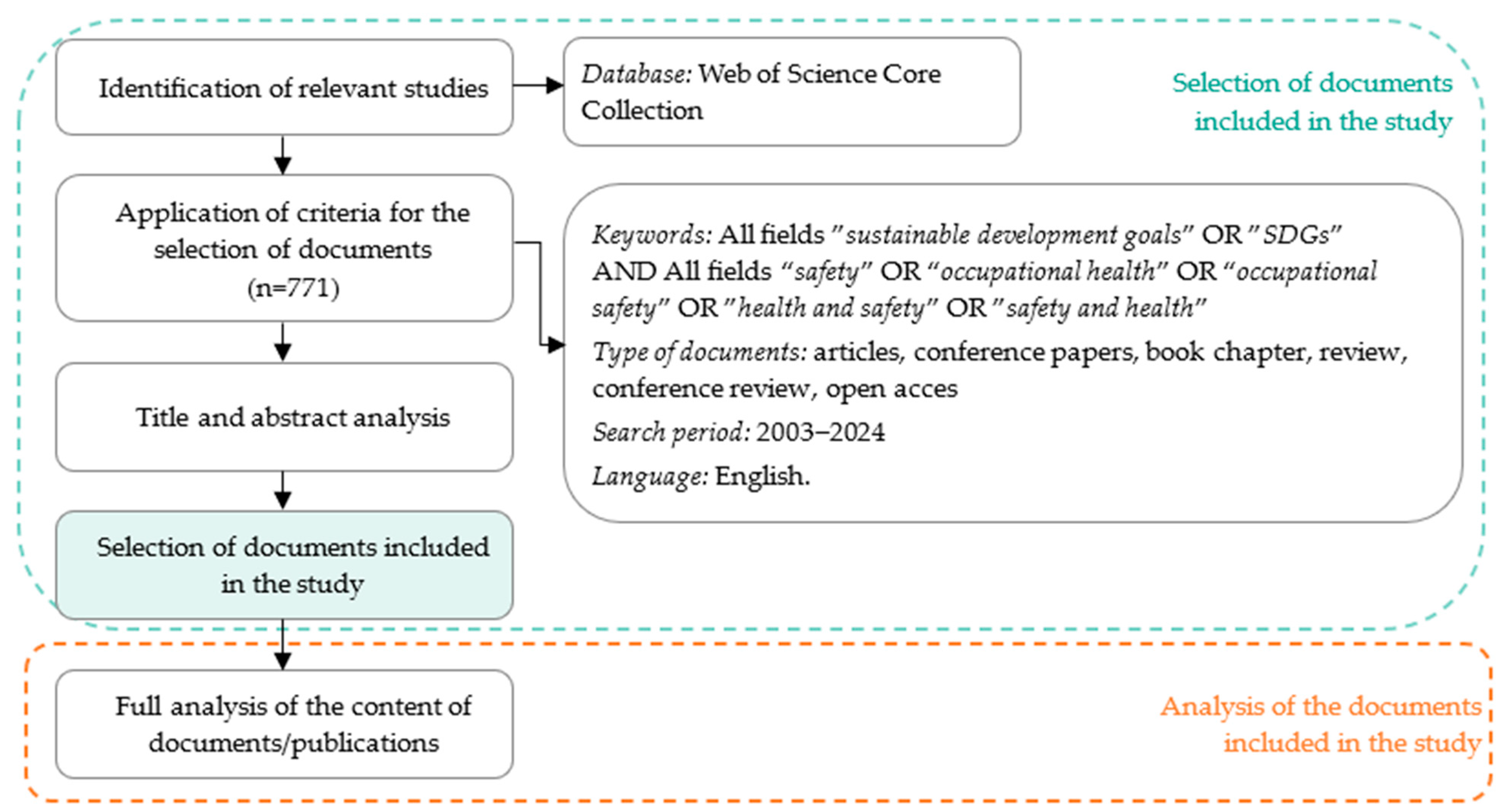
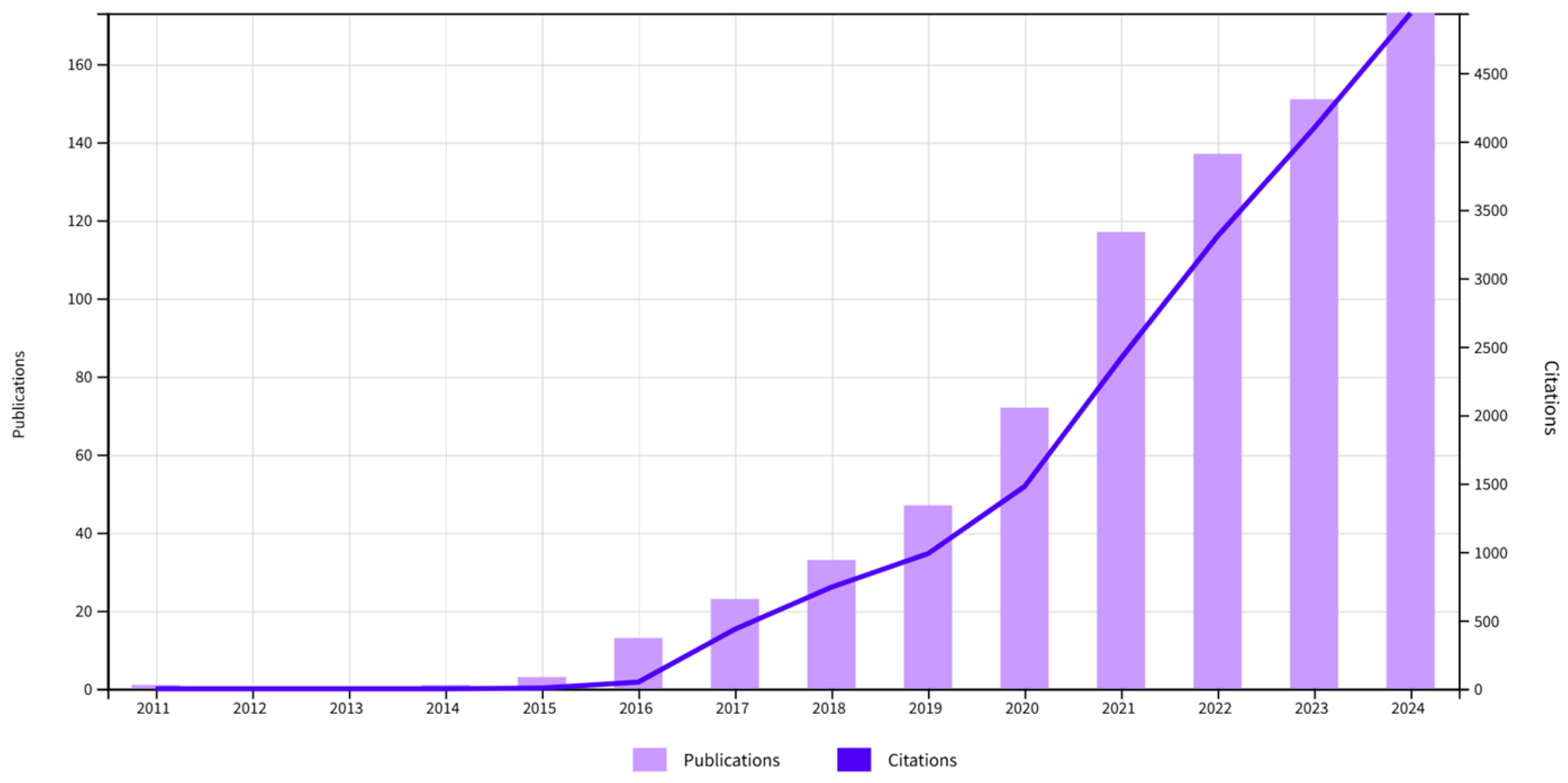
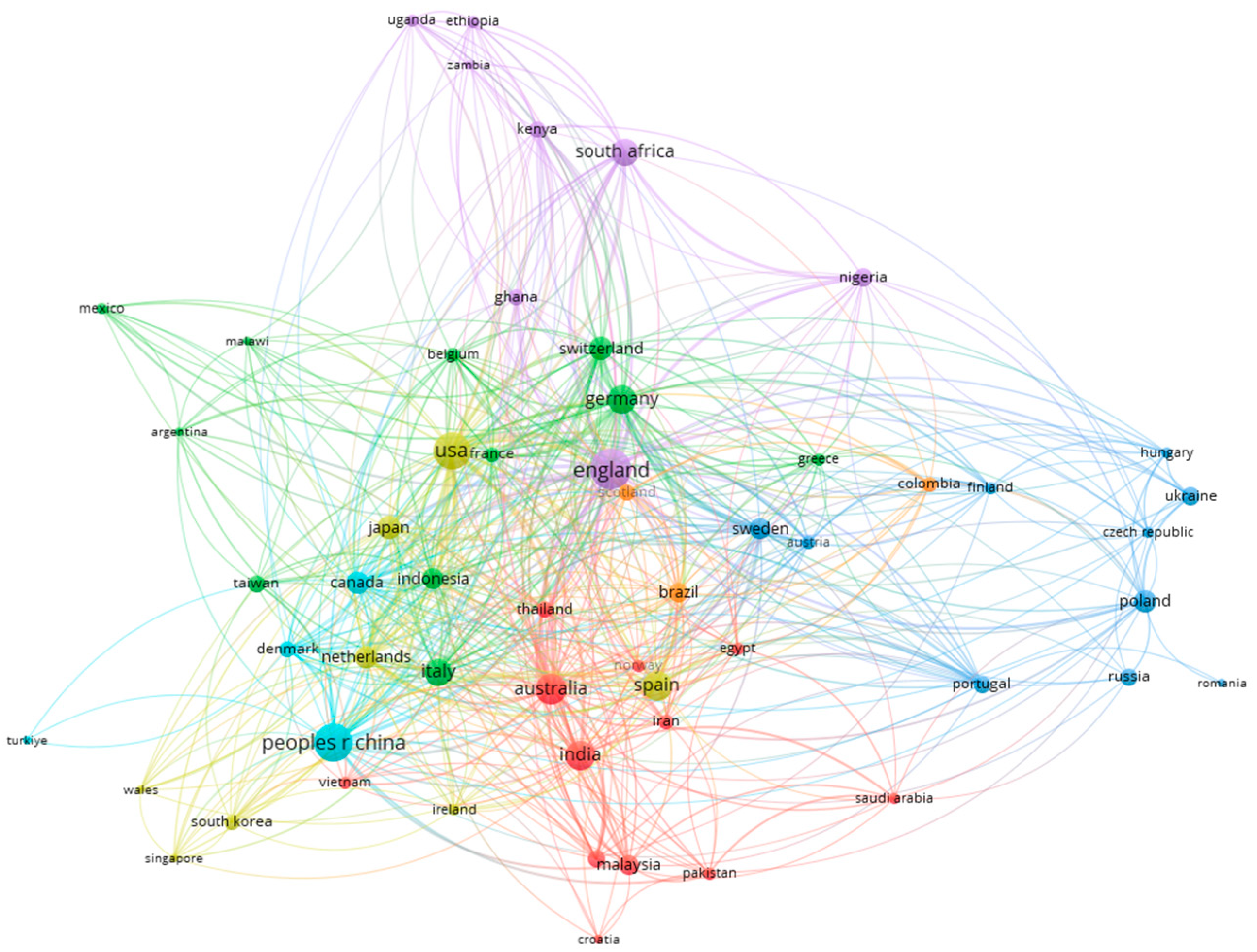
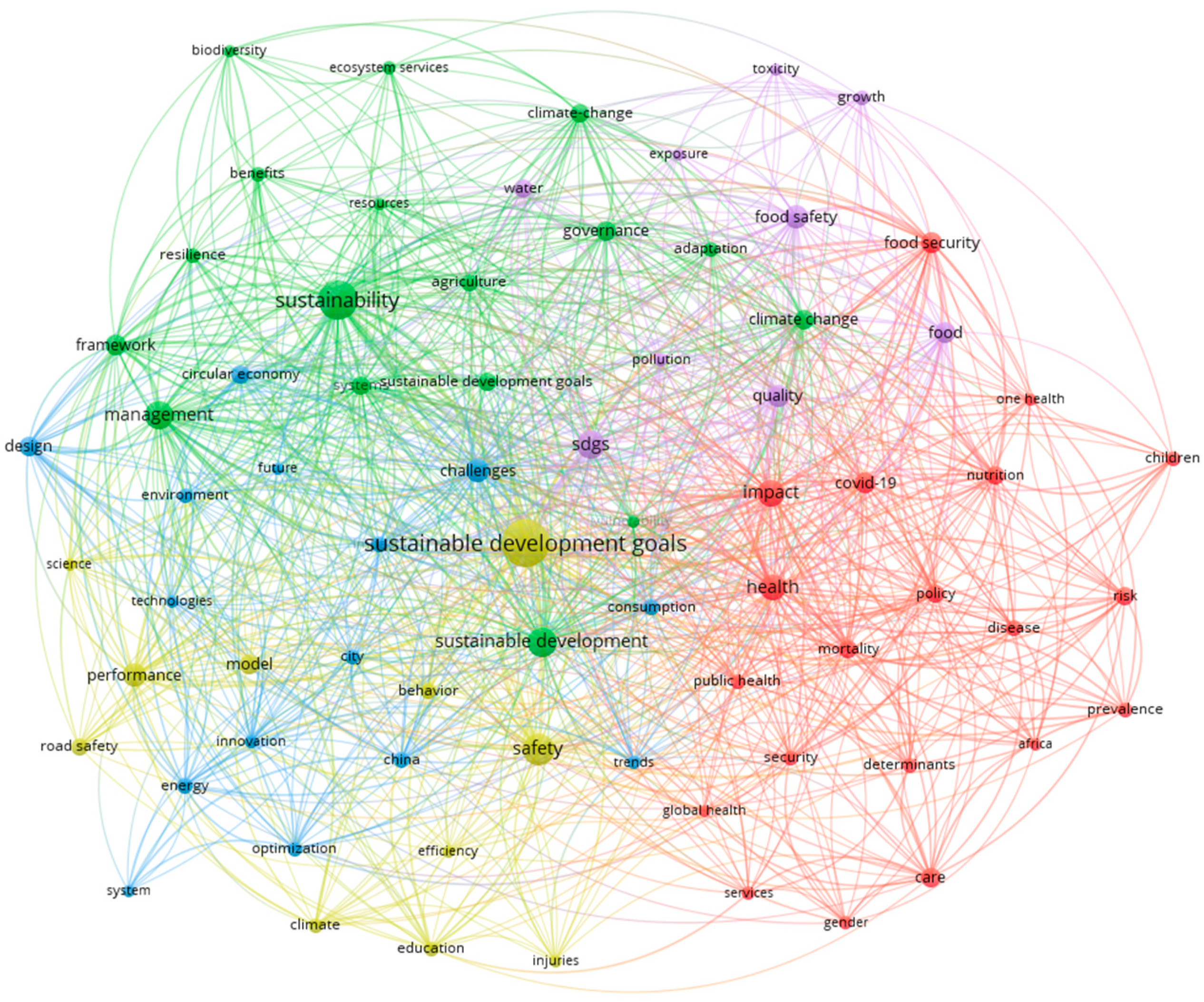
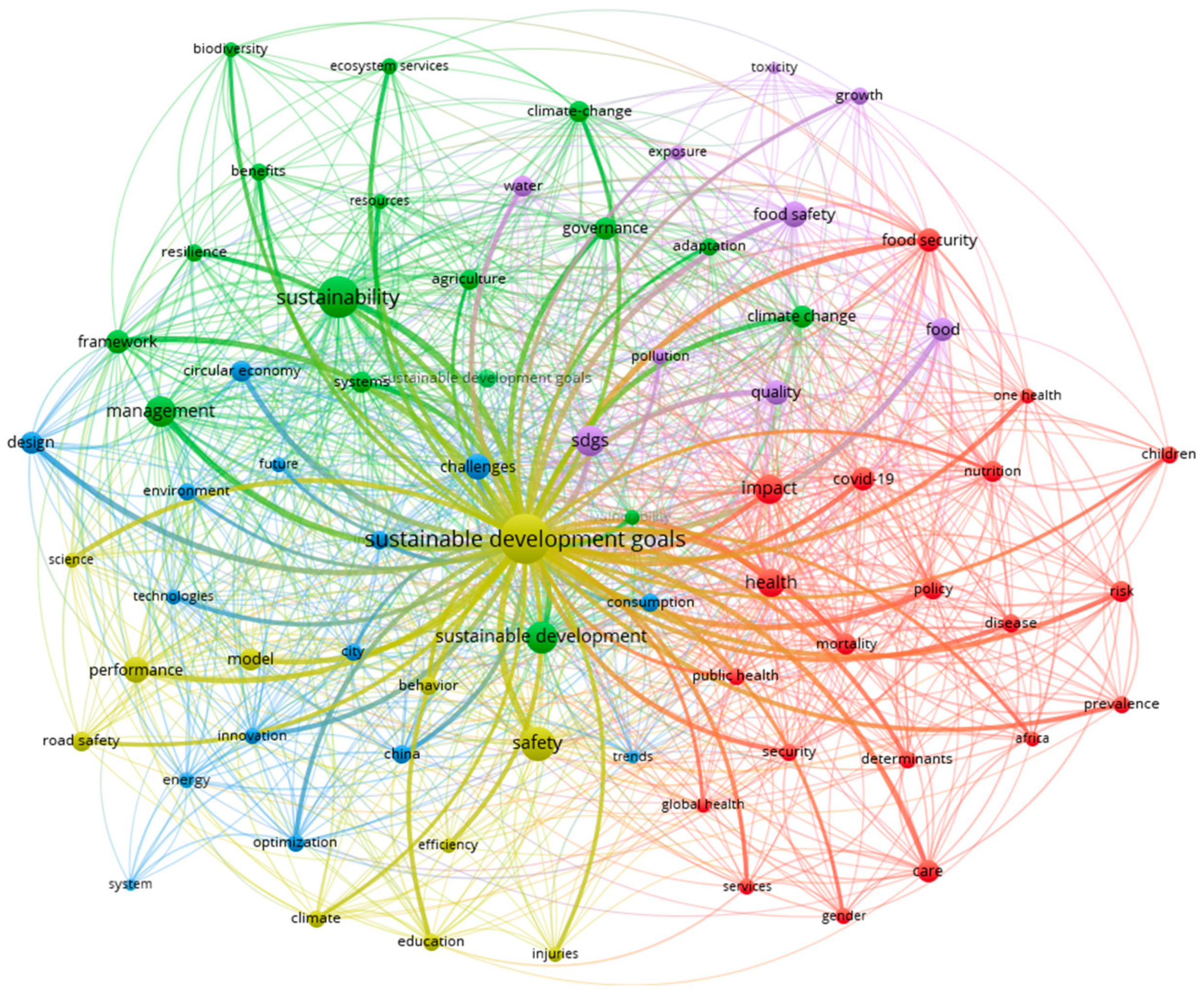
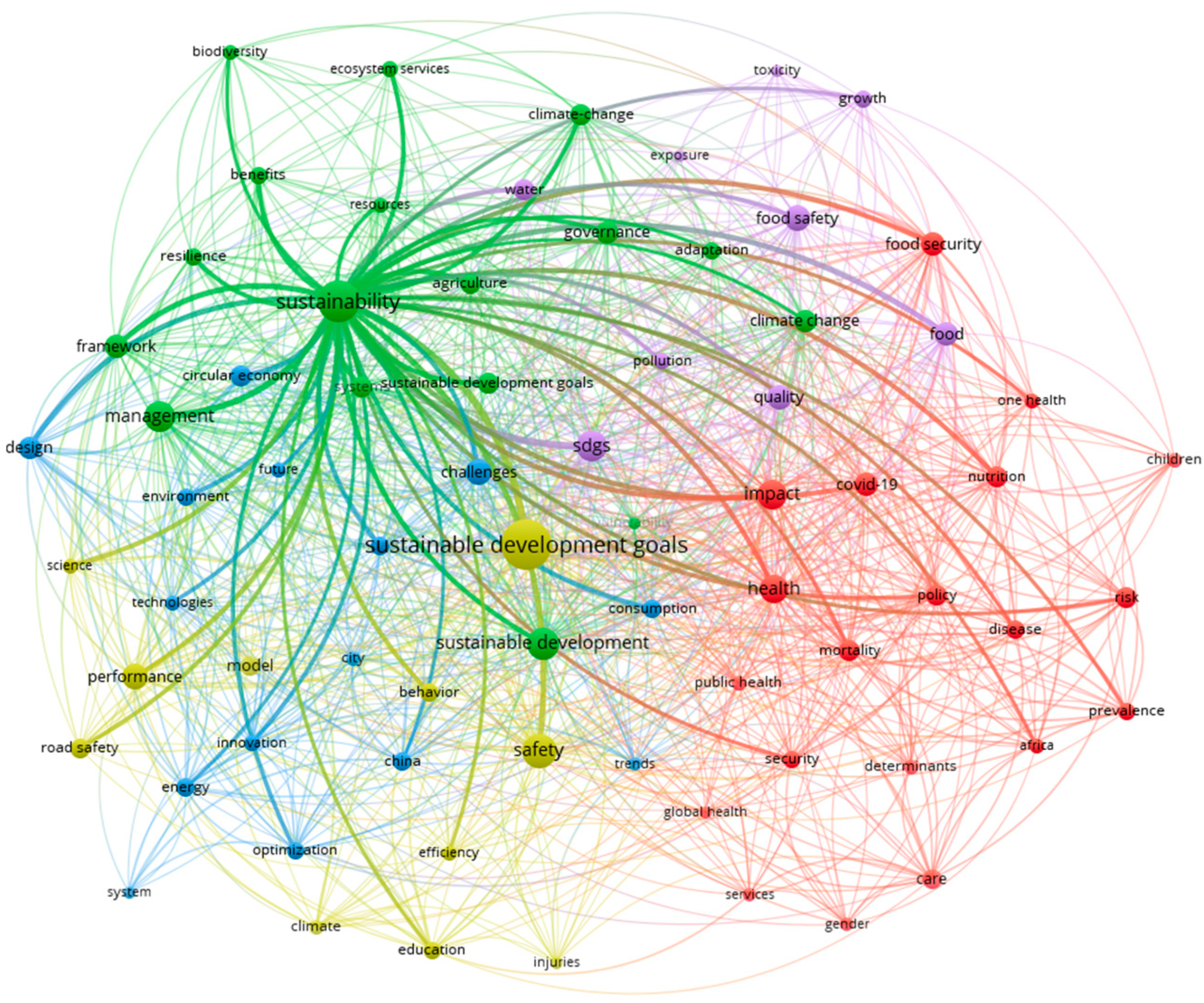

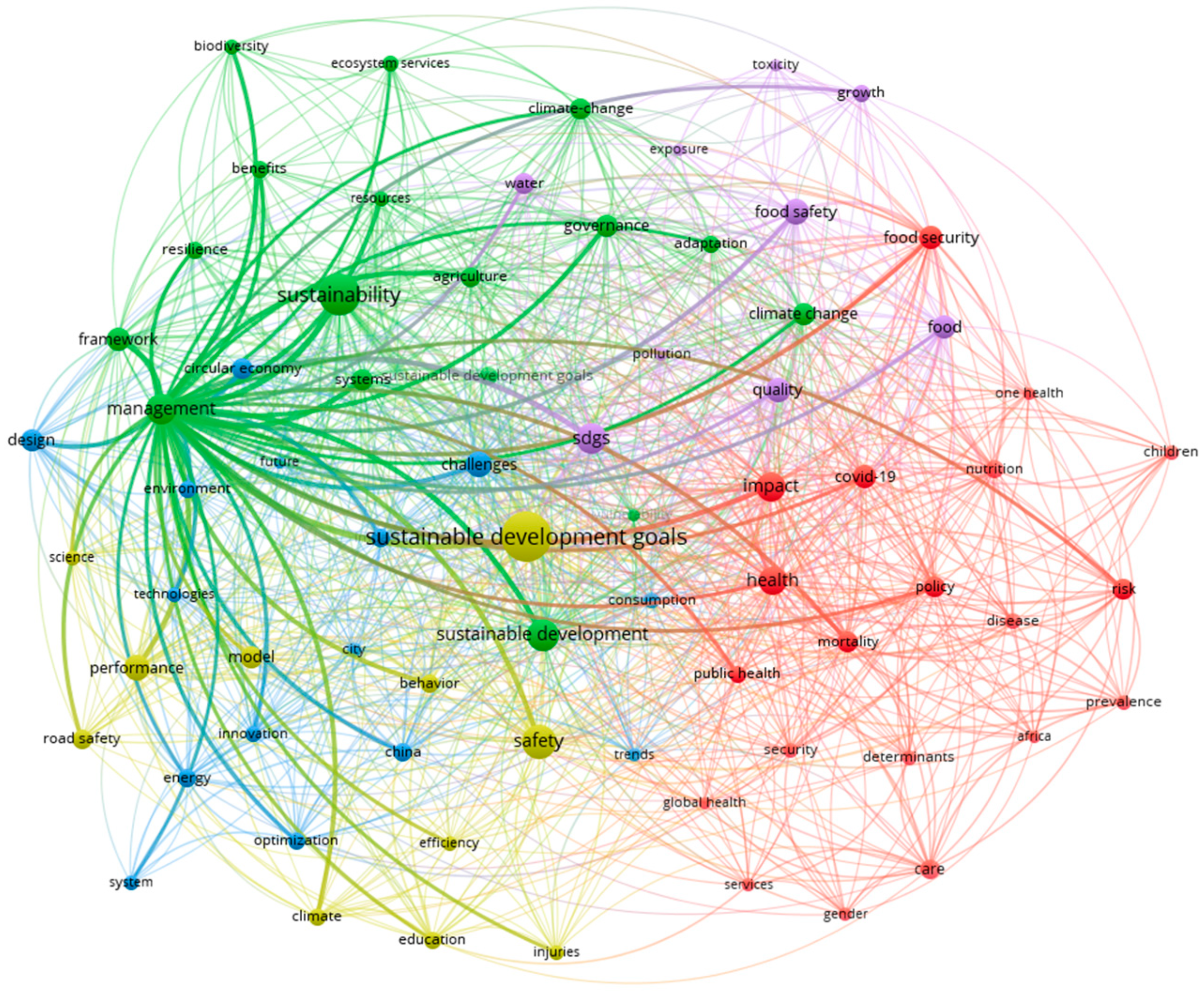
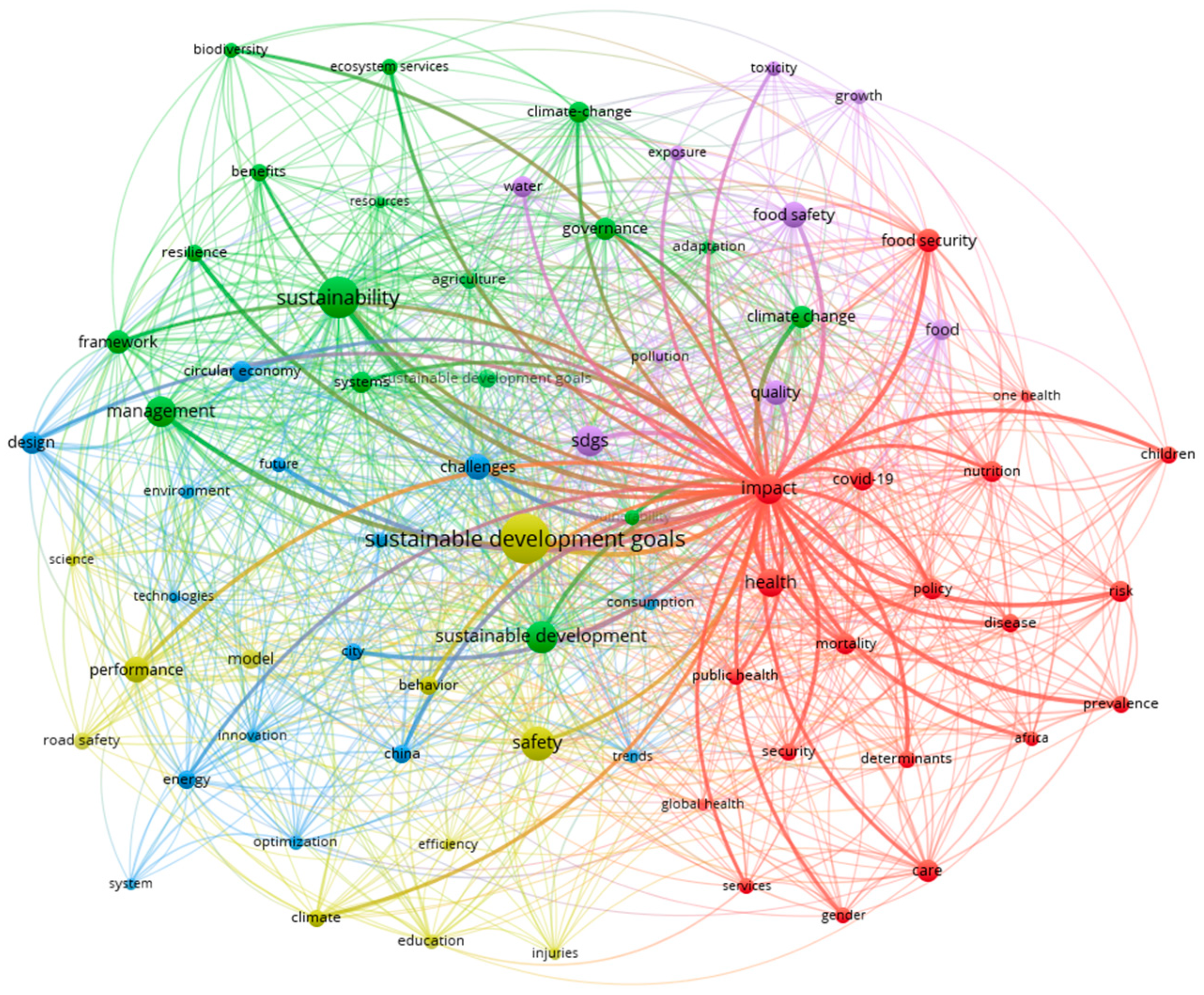
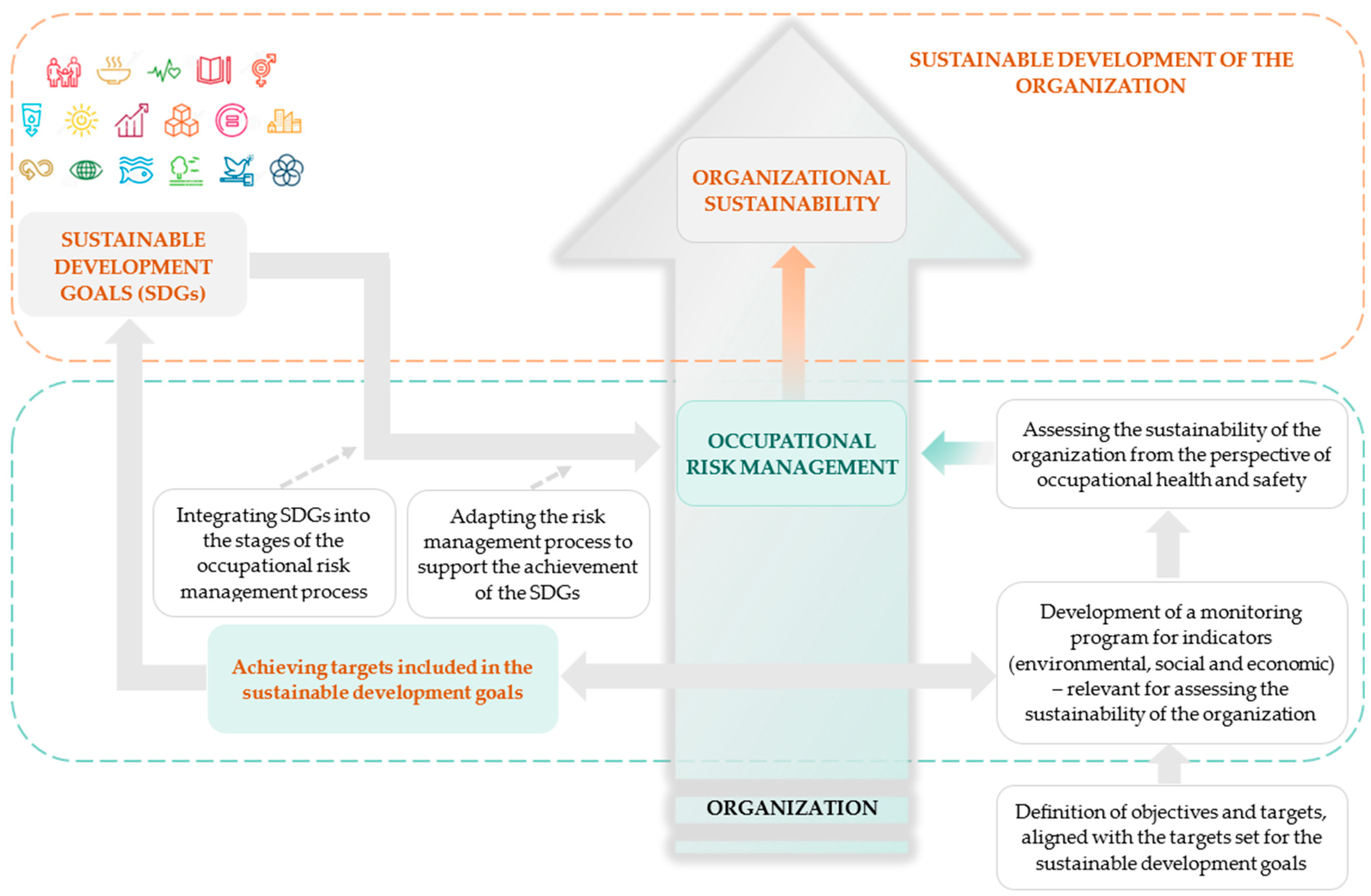
| Risk Management Process Stage | SDG | Measure Adopted/Proposed | Impact on Risk Management Strategy | Source |
|---|---|---|---|---|
| Identification of occupational risks | SDG 3 | Rigorous identification of all risk factors: physical, chemical, biological, ergonomic, psychosocial, etc. | Reducing the number of accidents and occupational illnesses | [6,15] |
| SDG 3 | Identifying risks associated with digitalization, automation, and robotization of workplaces. | Reducing the number of accidents and occupational illnesses | [7,21,22] | |
| SDG 8 | Identifying risks related to employee rights, working conditions, and pay equity (identifying any forms of discrimination or harassment but also possible problems related to unsafe or inadequate working conditions). | Compliance with international standards | [19,23] | |
| SDG 4 | Creating an organizational environment where employees feel encouraged to report risks. | Increase in the number of reports of minor incidents | [8] | |
| SDG 4 | Implementation of continuous training/retraining programs for employees in the field of occupational safety. | Improving employees’ ability to identify emerging risks | [8,16,24] | |
| Occupational risk assessment | Assessing occupational risks not only from the perspective of the impact on employees but also on their families and communities. | Promoting an approach focused on prevention, sustainability, and social responsibility | [24] | |
| SDG 3 SDG 8 | Assessment of psychosocial risks (stress, overwork, work intensification, discrimination, lack of balance between personal and professional life, etc.). | Reducing the number of accidents and occupational illnesses; increasing employee satisfaction and motivation | [4,5,24] | |
| SDG 8 | Assessing the impact of working conditions on employee productivity and motivation. | The correlation between decent work and organizational performance | [15] | |
| SDG 3 | Establishing a collection of criteria and metrics to help quantify risks (e.g., by analyzing data on previous accidents/incidents; by analyzing the cause of absenteeism (due to illness or injury)). | Improving the decision-making process; identifying risks before they materialize; prioritizing major risks and implementing effective solutions | [7] | |
| SDG 8 | Analyzing the long-term costs associated with occupational risks (e.g., economic losses caused by absenteeism, disability pensions, etc.). | Reducing financial losses | [19] | |
| SDG 6 SDG 7 SDG12 | Evaluation of the consumption of natural resources (water, energy) and the amount of hazardous waste generated. | Reducing the risk of exposure to toxic waste | [7] | |
| SDG 9 | Using virtual reality and digital simulations to develop risk scenarios and test prevention measures in a controlled environment. | Identifying risks, dangerous situations; reducing accidents | [7,25] | |
| SDG 9 | Using Cloud, IoT, and AI algorithms to obtain and analyze data on previous incidents, to predict future risks, etc. | Identification of equipment operating anomalies; prevention of major accidents | [7,21,26,27] | |
| SDG 9 | Implementing integrated systems for risk monitoring, assessment, and reporting. | Reducing the time allocated to the evaluation process | [7] | |
| Occupational risk management | Implementing technical (e.g., incorporating sensory devices into the work environment) and organizational solutions to prevent risks associated with hazardous work environments. | Reducing the number of accidents and occupational illnesses | [7] | |
| SDG 3 SDG 8 | Implementing policies aimed at reducing occupational stress (e.g., making work schedules more flexible, implementing psychological and emotional support programs, etc.). | Decrease in burnout cases; increase in employee satisfaction, motivation, and well-being | [4,8] | |
| SDG 3 SDG 8 | Implementing programs to monitor employee health (advanced health tracking systems, digital health platforms, etc.). | Early identification of health problems | [4,8,9,19] | |
| Implementing measures to reduce ergonomic risks. | Reducing the number of accidents and occupational illnesses | [4,19,28] | ||
| SDG 3 SDG 8 | Implementing employee training and awareness programs (training employees on risks and established preventive measures). | Risk prevention; reducing the number of accidents and occupational illnesses | [8] | |
| SDG 8 | Establishing a clear policy on employee rights and ensuring working conditions that respect their dignity (ensuring fair wages, a flexible work schedule, measures to prevent risks related to professional fatigue or discrimination, etc.). | Reducing the risks associated with work accidents; Increasing employee satisfaction, motivation and productivity | [19,24] | |
| Risk monitoring/ review of implemented measures | SDG17 | Establishing partnerships between organizations and institutions to facilitate knowledge transfer in order to identify and implement effective solutions, | Development of reports, guides, standards, and standardized protocols for accident prevention | [5,13] |
| SDG17 | Developing innovative technologies through intersectoral collaborations. | Improving risk management | [11,24,29] | |
| SDG 3 | Conducting periodic medical checks, awareness campaigns, periodic assessments of working conditions, and inspections and safety audits. | Identifying any significant changes in the evolution of risks; in the health status of employees | [6,8,16,24] | |
| SDG 8 | Developing training programs and developing employee skills and competencies adapted to current requirements. | Reducing work accidents; increasing employee satisfaction; improving organizational performance | [8,16,30,31] |
| Proposed Indicator for Monitoring | SDG | SDG Target | Details | ||
|---|---|---|---|---|---|
| Environmental indicators | CO2 emissions | ppm | SDG 13 | 13.2 | Assesses the environmental impact of the organization’s activities; facilitates the adoption of measures to decrease greenhouse gas emissions |
| Energy consumption | kWh/year; % renewable energy | SDG 7 | 7.3 | Reflects the efficiency of energy use; allows identification of opportunities for the transition to renewable sources | |
| Water consumption | m3/year | SDG 6 | 6.4 | Indicates the efficiency of water resource use | |
| Waste generated | kg/year; % recycling | SDG 12 | 12.5 | Reflects waste management and environmental impact, promoting sustainable practices within the organization | |
| Social indicators | Workplace accident rate | no. of accidents/1000 employees; no. of accidents/100,000 h worked | SDG 8 | 8.8 | It highlights the level of safety and the efficiency of risk prevention measures implemented within the organization |
| Sickness (absenteeism) rate | no. of days of absence/employee/year | SDG 3 | 3.4 | Reflects the health status of employees and the impact of working conditions on their safety | |
| Employee training and development | no. of training hours/employee/year; % of employees participating in training programs | SDG 4 | 4.4 | Reflects the organization’s investments in human capital (e.g., degree of preparedness for risk identification and mitigation) | |
| Employee satisfaction | numerical score on a rating scale (usually 1–5 or 1–10) | SDG 8 | 8.5 | Assesses employee perceptions of safety, well-being at work | |
| Employee involvement | numerical engagement score on a rating scale (usually 1–5 or 1–10); % of employees engaged (through project participation, suggestions for process improvement, or constructive feedback) | SDG 16 | 16.7 | Evaluates employee involvement in decision-making processes, their participation in decision-making related to occupational health and safety policies | |
| Equal opportunities | % of employees from different groups (gender, age, ethnicity, disabilities, etc.); no. of promotions/demographic group; the ratio between men’s and women’s wages; % of employees benefiting from professional development programs, etc. | SDG 5 | 5.5 | Evaluates the provision of fair conditions for all employees, regardless of gender, age, or disability | |
| Economic indicators | External certifications and standards | no. of certifications; % of compliance with international standards; no. of internal/external audits performed, etc. | SDG 12 | 12.6 | Evaluates the organization’s compliance with international sustainability standards |
| Frequency of internal and external inspections/audits | no. of audits/year; no. of audits/no. of employees; no. of audits/department | SDG 8 | 8.8 | Monitors the degree of compliance with legal and regulatory provisions | |
| Productivity/ employee | production units (products, services)/employee; income generated/employee; net profit/employee; no. of projects completed/employee, etc. | SDG 8 | 8.2 | Measures the efficiency of operations and the contribution of each employee to the economic results of the organization | |
| Direct and indirect costs associated with incidents (includes expenses associated with medical treatment, absenteeism, and loss of productivity caused by accidents) | cost/employee; % of of the organization’s total budget, etc. | SDG 8 | 8.8 | Evaluates the financial impact of occupational risks and the effectiveness of preventive measures adopted | |
| Investments in innovation | % of income allocated to research and development | SDG 9 | 9.5 | Evaluates the degree of innovation and technological development of the organization | |
| Rate of return on investments in sustainability | % of return on investment—ROI | SDG 9 | 9.4 | Evaluates the economic benefits resulting from investments in sustainable initiatives | |
| Rate of return on investment in employee safety | % of return on investment—ROI | SDG 9 | 9.4 | Evaluates the financial efficiency of implemented safety measures | |
Disclaimer/Publisher’s Note: The statements, opinions and data contained in all publications are solely those of the individual author(s) and contributor(s) and not of MDPI and/or the editor(s). MDPI and/or the editor(s) disclaim responsibility for any injury to people or property resulting from any ideas, methods, instructions or products referred to in the content. |
© 2025 by the authors. Licensee MDPI, Basel, Switzerland. This article is an open access article distributed under the terms and conditions of the Creative Commons Attribution (CC BY) license (https://creativecommons.org/licenses/by/4.0/).
Share and Cite
Milea, A.; Moraru, R.-I.; Cioca, L.-I. Occupational Risk Management Through the Lens of the Sustainable Development Goals (SDGs): An Integrated Approach to Promoting Sustainability in the Workplace. Sustainability 2025, 17, 1864. https://doi.org/10.3390/su17051864
Milea A, Moraru R-I, Cioca L-I. Occupational Risk Management Through the Lens of the Sustainable Development Goals (SDGs): An Integrated Approach to Promoting Sustainability in the Workplace. Sustainability. 2025; 17(5):1864. https://doi.org/10.3390/su17051864
Chicago/Turabian StyleMilea (Pârvu), Adriana, Roland-Iosif Moraru, and Lucian-Ionel Cioca. 2025. "Occupational Risk Management Through the Lens of the Sustainable Development Goals (SDGs): An Integrated Approach to Promoting Sustainability in the Workplace" Sustainability 17, no. 5: 1864. https://doi.org/10.3390/su17051864
APA StyleMilea, A., Moraru, R.-I., & Cioca, L.-I. (2025). Occupational Risk Management Through the Lens of the Sustainable Development Goals (SDGs): An Integrated Approach to Promoting Sustainability in the Workplace. Sustainability, 17(5), 1864. https://doi.org/10.3390/su17051864







